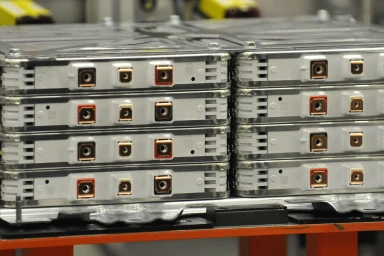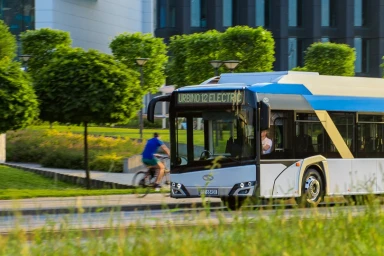EVTOL: Taking Off into the Sustainable Future of Mobility
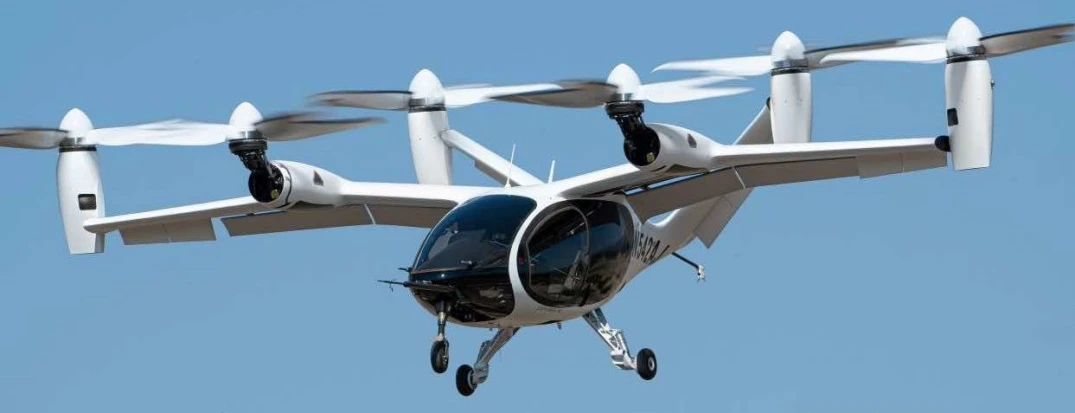
Electric mobility has reached new heights, quite literally, with the advent of eVTOLs (electric vertical takeoff and landing vehicles).
In this article, we will explore how these marvels are transforming the urban mobility landscape and highlight some leading companies that are setting the pace in this exciting sector.
EVTOL: Taking Off into the Future
eVTOLs, also known as electric flying taxis, represent a bold step forward in the evolution of mobility. Equipped with advanced electric motors, these vehicles can take off and land vertically, eliminating the need for long runways and providing a revolutionary solution for urban commuting.
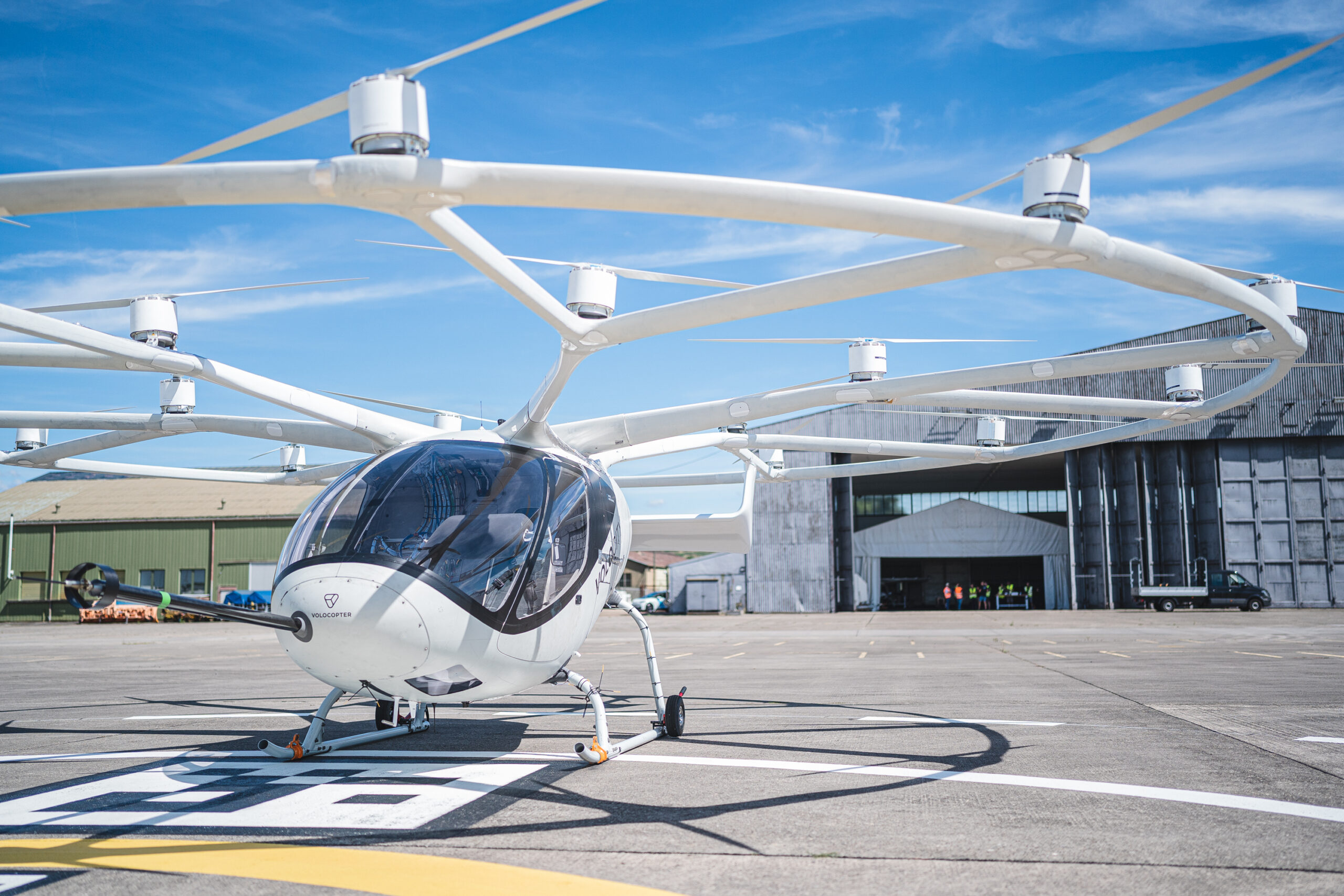
Pioneering Companies
Joby Aviation: Based in California, this company has achieved significant milestones in eVTOL development. Their model, capable of carrying four passengers and a pilot, has undergone successful flight tests and received substantial investments.
Volocopter: Originating from Germany, Volocopter has been at the forefront of urban air mobility. They have conducted successful test flights in cities such as Dubai and Singapore and are progressing in certifying their models.
EHang: Headquartered in China, EHang has stood out with their autonomous passenger drones. They have demonstrated the viability of their technology in various events, including passenger transportation in cities like Guangzhou.
Technological Complexities
The technology driving eVTOLs is remarkably complex. At the core of these flying wonders are cutting-edge electric propulsion systems. High-energy-density batteries and efficient electric motors are crucial to providing the power needed for vertical takeoff and autonomous flight.
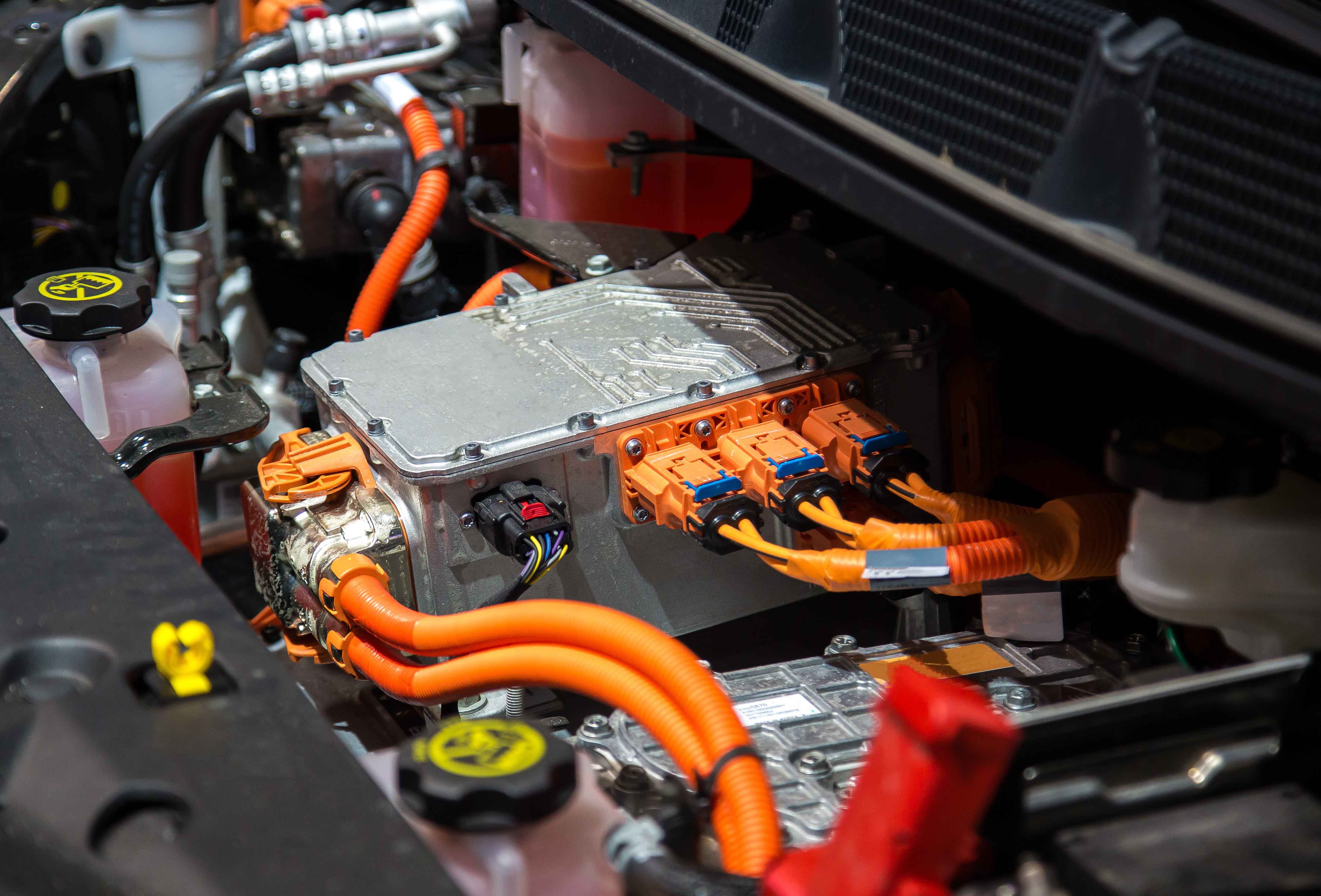
Advanced battery management is one of the key complexities. Balancing the weight of batteries with flight capability and range poses a significant technical challenge. Additionally, efficient and clean energy loading and unloading during short flights, typical in urban environments, require precise control algorithms and sophisticated energy management systems.
Autonomous Technology and Navigation
eVTOLs rely not only on electric propulsion but also incorporate autonomous navigation systems. Advanced sensors, cameras, and lidar systems enable real-time decision-making to ensure flight safety. Connectivity with urban air traffic networks and coordination between different vehicles are areas where technology continues to evolve.
Impact on Urban Mobility
The successful implementation of eVTOLs could revolutionize urban mobility. The ability to bypass ground traffic, offer direct routes, and reduce travel times has the potential to radically change how we move around congested urban environments.

Future Perspectives
As eVTOL technology continues to mature, we are likely to see increased integration into the urban fabric. From the establishment of "skyports" for takeoff and landing to the deployment of fleets of flying taxis, the future of urban mobility could indeed be up in the air.
